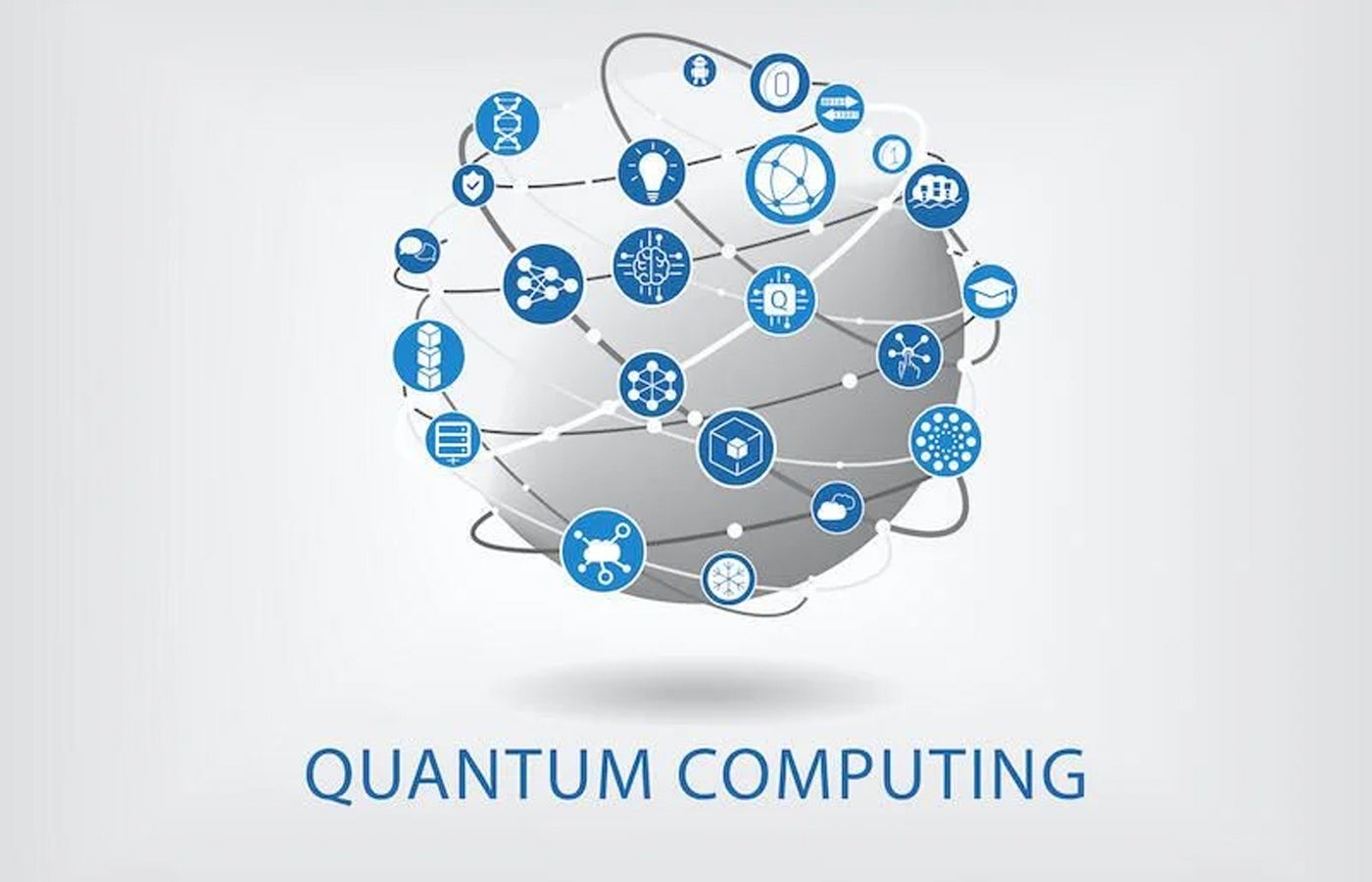| Benefits of Product Management | Challenges of project management |
|---|---|
|
|
Project management helps teams track and organize their work within a project to achieve its goals. This process involves applying various skills, tools, and techniques, and coordinating team members to meet the demands of the project. Below, we explore the requirements of project management, its various types, and ways you can implement the process into your team's workflow.
1
Fast base
Employees by company size
Micro (0-49), Small (50-249), Medium (250-999), Large (1000-4999), Enterprise (5000+)
Medium (250-999 employees), Corporation (5000+ employees), Large (1000-4999 employees), Small (50-249 employees)
Medium, Business, Large, Small
Characteristics
Agile development, analytics/reporting, APIs and more
2
Wrike
Employees by company size
Micro (0-49), Small (50-249), Medium (250-999), Large (1000-4999), Enterprise (5000+)
Medium (250-999 employees), Corporate (5000+ employees), Large (1000-4999 employees)
Medium, Business, Large
Characteristics
Agile development, analytics/reporting, APIs and more
3
Monday.com
Employees by company size
Micro (0-49), Small (50-249), Medium (250-999), Large (1000-4999), Enterprise (5000+)
Any size of company
Any size of company
Characteristics
Agile development, analytics/reporting, APIs and more
What is project management?
Project management is the process of planning, overseeing, and executing a project to achieve its goals and objectives within the established budget and schedule. There are several project management functions and methods, each designed to meet the specific needs of the project and improve efficiency. To make this process run more smoothly, project managers often use tools or software to track tasks and communicate with team members.
While project management comes with its own challenges, the benefits are well worth it. Effective project management allows the project to stay on schedule and on budget, and provides the flexibility to make adjustments and changes as needed.
Types of project management styles
There are several methodologies used in project management, each of which provides a different approach to addressing projects of varying scale and complexity.
Waterfall
The waterfall project management model takes a strategic, linear approach to projects. This simple style divides a project into sequential phases; each phase can only begin when the previous one has been fully completed. This project management style is primarily used for well-defined projects that do not require significant changes once they have begun.
Agile
Agile project management allows teams to take an iterative and flexible approach to a project. This project management methodology encourages collaboration and feedback. Project managers often use this style to break down projects into smaller, more manageable tasks. It is ideal for projects that require adaptability as requirements change and evolve.
Scrum
Scrum is a version of the Agile project management methodology. This approach places a greater emphasis on incremental work. In Scrum project management, team members focus on sprints, which are short iterations in which team members deliver small parts of the project efficiently and quickly.
Kanban
Kanban is another project management methodology that falls under the Agile framework. The Kanban style emphasizes a visual system, where cards and boards are used to manage work and better illustrate team members' responsibilities. This is a valuable methodology for projects that require a constant flow of deliverables.
Lean
Lean project management methodology focuses on efficiency. It operates in a cycle designed to increase productivity and reduce waste, which includes not only physical waste but also intangible waste such as time and effort. This methodology is often combined with agile methodology to improve workflows.
Six Sigma
The Six Sigma project management style, often used in the manufacturing sector, emphasizes continuous improvement. Using statistical models, project managers can reduce errors in work and improve efficiency.
Project Management Functions
To execute a project effectively across multiple teams or departments, several project management roles must be covered, from the project managers themselves to the team members.
Project sponsor
The project sponsor provides the necessary resources, such as funding, personnel, or materials for a project. This person may be an employee of your company or an external client. The project sponsor is usually responsible for final approval of deliverables.
Concerned parties
Stakeholders are those who have a vested interest in the project. They typically provide information or direction and ensure that the project meets its intended objectives and expectations.
Project Manager
The project manager works closely with sponsors and stakeholders. Their primary goal is to oversee the development of the project and ensure that everything is completed on time and within budget. Project managers determine which project management methodology should be used, oversee daily activities, set milestones, and identify the resources needed for the project.
Team members
Team members work on individual tasks within a project. Their responsibilities vary depending on the project methodology and requirements. Team members typically report to a team leader or project manager and complete deliverables within a specific time frame.
Phases of project management
The project management process follows a life cycle, which consists of different phases from project initiation to completion. These stages can be further divided based on needs or complexity.
Initiation
Initiation is the first phase of project management. During this stage, the project team discusses the purpose of the project as well as the overall goals and objectives. It is during initiation that the overall feasibility of the project can be discussed.
Planning
The planning stage is when the project is defined in greater detail. During this phase, the scope, specific objectives, deliverables, milestones, and necessary resources are identified. It is also when the project manager determines what methodology will be used to achieve the desired outcome.
Execution
The project plan is put into action during the execution phase. Active collaboration is an integral part of this stage as the team works to bring the project to completion. Throughout this phase, the project manager tracks and monitors progress and identifies how to resolve issues.
Supervision
Monitoring is the phase where project managers keep track of things at a high level – whether the project is progressing as planned, on time and within budget. Monitoring also requires managers to plan ahead and try to avoid any obstacles or disruptions as best as possible.
Closing
The final phase of project management involves the delivery of results, which are then reviewed and approved by key stakeholders. Closing the project is an opportunity for the team to resolve any issues that arise during the review process.
Project management software
To make project management easier and more efficient, many teams use project management software. Today, there is a wide variety of software solutions available. Some of these solutions are best suited for specific project management styles, while others can be customized to meet specific project needs.
Having the right software is essential to maintaining transparent communication and collaboration throughout the project lifecycle.












